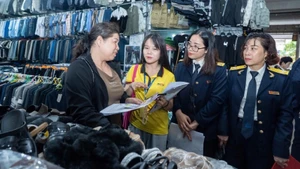Smoke-free offices
One notable example of green employment is the Misa Campus Complex, a newly licensed investment project located in Tan Thuan Export Processing Zone, implemented by Kotia SaiGon Joint Stock Company. With a total investment of 600 billion VND (22.8 million USD), the project focuses on software production, IT services, and technology transfer consulting — all key sectors of the green economy.
Company Director Nguyen Thi Ngoan shared that green jobs at the company go beyond creating a smoke-free, low-emission workspace. They also foster open, innovative environments that require employees to master technology and integrate artificial intelligence into work processes. The company has about 2,000 staff members, mainly specialising in implementing accounting, education management, and operations software.
In Tan Thuan Export Processing Zone, one of the pioneers in transforming traditional industrial models towards greener practices, efforts are underway to attract technology enterprises and develop high-quality human resources training services. The goal is to establish innovation centres contributing to the development of a smart hub in the southern part of the city.
At Tan Tao Industrial Park, a rooftop solar power company is currently recruiting design engineers, installation technicians, and system operation consultants. A representative from its HR department said this sector directly contributes to reducing greenhouse gas emissions, protecting ecosystems, and adapting to climate change.
Alongside manufacturing, clean energy and green transport are also generating new workforce demands. According to the Ho Chi Minh City Department of Home Affairs, the demand for labour in renewable energy and electric vehicles is expected to grow by 12–15% annually through 2030. These sectors are essential for the city’s goal of converting 100% of public transport vehicles to electric power by 2030, contributing to the national commitment to achieve net-zero emissions by 2050.
The International Labour Organisation (ILO) also reports a rapid increase in green jobs across industries such as renewable energy, waste management and recycling, sustainable construction, and environmental protection. As more businesses adopt cleaner production methods and eco-friendly technologies, the demand for “green” human resources continues to rise.
Green jobs as a driver of growth
According to Nguyen Thi Thu Trang, Brand Director of Manpower Viet Nam, a recruitment and HR consultancy, the green transition is projected to create around 30 million jobs globally by 2030, fundamentally reshaping the labour market. Green jobs are emerging across all industries — from sustainable materials engineering and electric vehicle charging technicians to smart transport system operators and urban agriculture experts.
However, the rising demand comes with significant challenges regarding workforce quality. “Up to 75% of employers struggle to find skilled workers, and 94% of businesses report difficulty recruiting candidates who meet ESG (Environmental, Social and Governance) standards,” Trang noted.

To ensure green jobs become a true driver of development, workers must take responsibility for upskilling and learning new competencies, while businesses and authorities must play an active role in enabling this transition. Employers need to invest in systematic internal training, and educational institutions should align their programmes with green and sustainable development goals.
As the country’s economic powerhouse, Ho Chi Minh City is entering a new stage of development centred on innovation and green growth. In this context, green jobs are no longer a passing trend but a fundamental component of the city’s sustainable development strategy. From industrial parks undergoing transformation and booming tech enterprises to policies promoting clean energy transition, a vibrant green employment ecosystem is clearly taking shape.
Therefore, building a comprehensive training system and forecasting labour market demands aligned with green industries is imperative. This requires close coordination between state agencies, vocational education systems, and enterprises to ensure a skilled workforce and create greater development opportunities for workers.
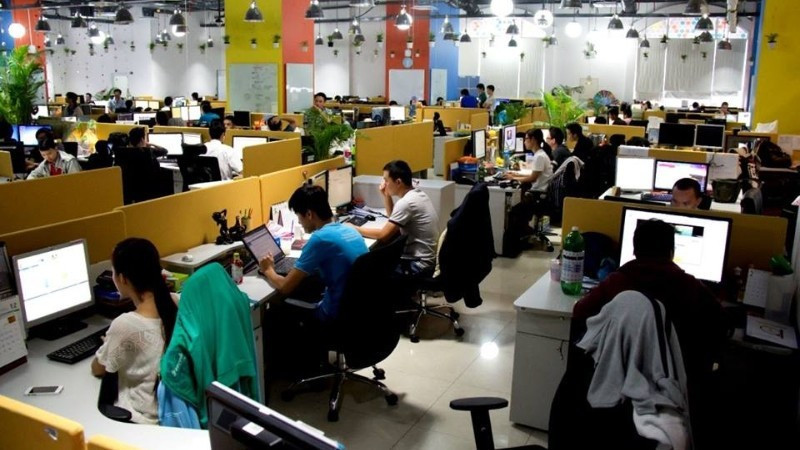

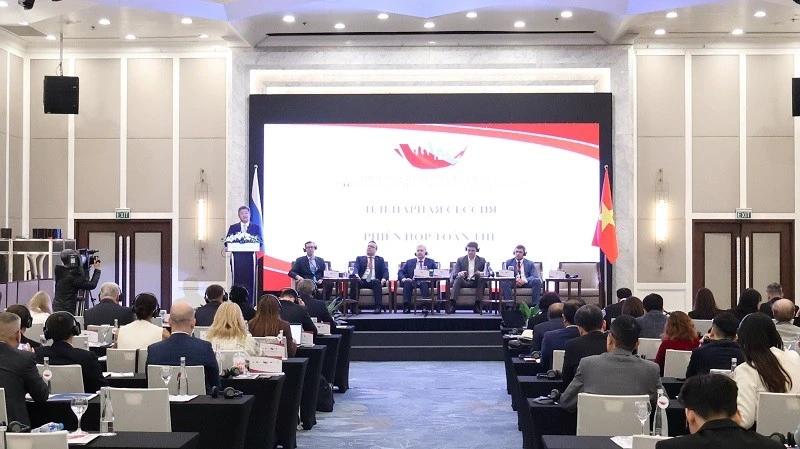
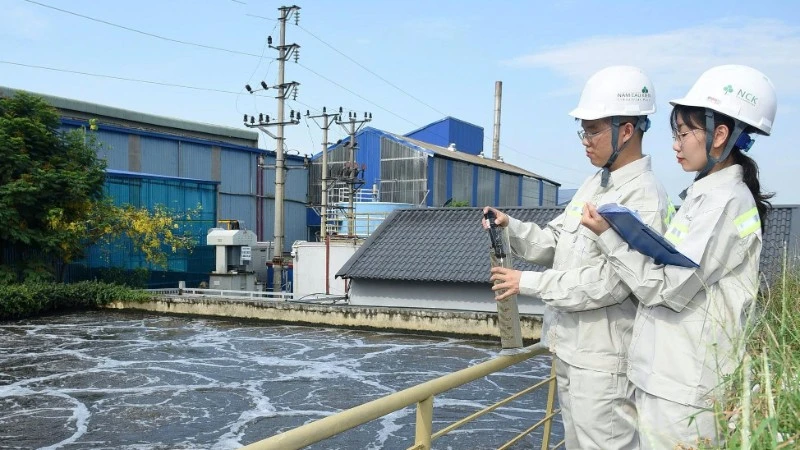


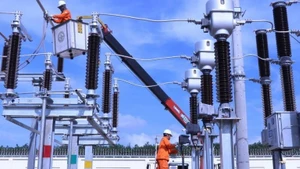
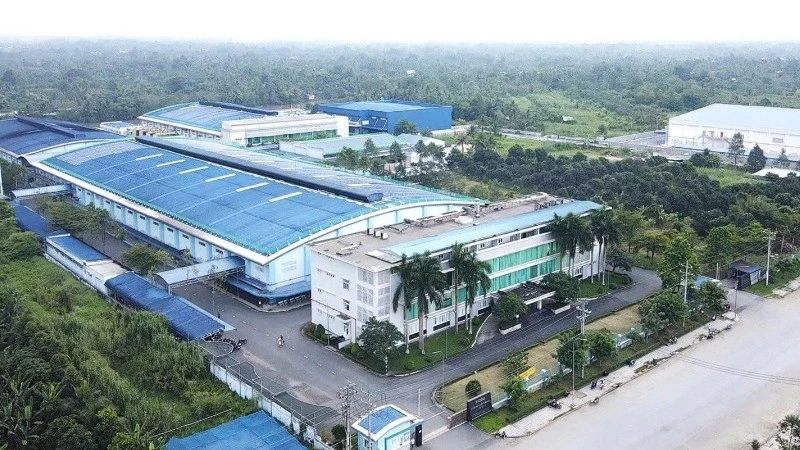
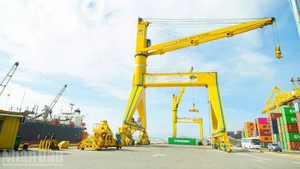



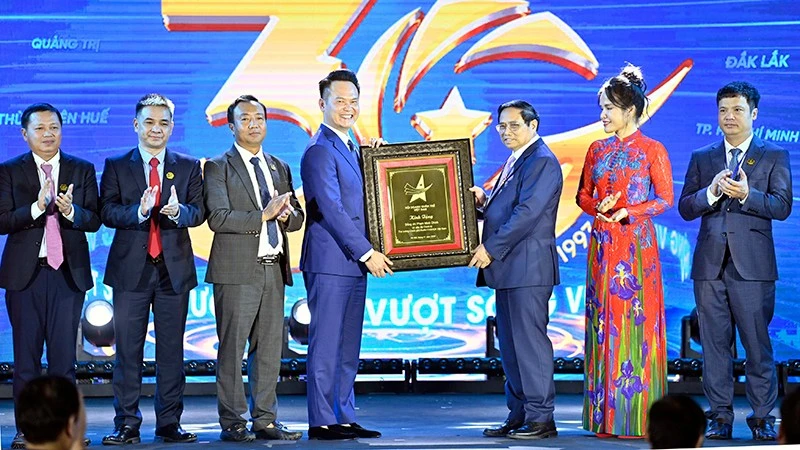

![[Infographic] Gold ring prices rise nearly twice gold bars on November 29](https://en-cdn.nhandan.vn/images/9f233ae74386156ace55673ec5a8ea37e208594c0b00f810b1db6bf99cb6ec19246ce8e68d3d7446eec95ef9aa0a52aabc86da977a9bf36392485af15608f73a01617b9116d612f2218f111eaf84aa10404a16667ee108efa82909198fb0ae84/gold-price-infographic-291125-anh-dai-dien.png.webp)
